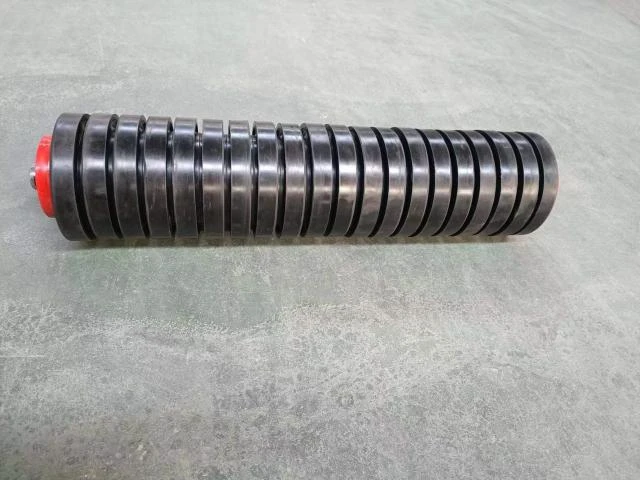 Afrikaans
Afrikaans  Albanian
Albanian  Amharic
Amharic  Arabic
Arabic  Armenian
Armenian  Azerbaijani
Azerbaijani  Basque
Basque  Belarusian
Belarusian  Bengali
Bengali  Bosnian
Bosnian  Bulgarian
Bulgarian  Catalan
Catalan  Cebuano
Cebuano  Corsican
Corsican  Croatian
Croatian  Czech
Czech  Danish
Danish  Dutch
Dutch  English
English  Esperanto
Esperanto  Estonian
Estonian  Finnish
Finnish  French
French  Frisian
Frisian  Galician
Galician  Georgian
Georgian  German
German  Greek
Greek  Gujarati
Gujarati  Haitian Creole
Haitian Creole  hausa
hausa  hawaiian
hawaiian  Hebrew
Hebrew  Hindi
Hindi  Miao
Miao  Hungarian
Hungarian  Icelandic
Icelandic  igbo
igbo  Indonesian
Indonesian  irish
irish  Italian
Italian  Japanese
Japanese  Javanese
Javanese  Kannada
Kannada  kazakh
kazakh  Khmer
Khmer  Rwandese
Rwandese  Korean
Korean  Kurdish
Kurdish  Kyrgyz
Kyrgyz  Lao
Lao  Latin
Latin  Latvian
Latvian  Lithuanian
Lithuanian  Luxembourgish
Luxembourgish  Macedonian
Macedonian  Malgashi
Malgashi  Malay
Malay  Malayalam
Malayalam  Maltese
Maltese  Maori
Maori  Marathi
Marathi  Mongolian
Mongolian  Myanmar
Myanmar  Nepali
Nepali  Norwegian
Norwegian  Norwegian
Norwegian  Occitan
Occitan  Pashto
Pashto  Persian
Persian  Polish
Polish  Portuguese
Portuguese  Punjabi
Punjabi  Romanian
Romanian  Russian
Russian  Samoan
Samoan  Scottish Gaelic
Scottish Gaelic  Serbian
Serbian  Sesotho
Sesotho  Shona
Shona  Sindhi
Sindhi  Sinhala
Sinhala  Slovak
Slovak  Slovenian
Slovenian  Somali
Somali  Spanish
Spanish  Sundanese
Sundanese  Swahili
Swahili  Swedish
Swedish  Tagalog
Tagalog  Tajik
Tajik  Tamil
Tamil  Tatar
Tatar  Telugu
Telugu  Thai
Thai  Turkish
Turkish  Turkmen
Turkmen  Ukrainian
Ukrainian  Urdu
Urdu  Uighur
Uighur  Uzbek
Uzbek  Vietnamese
Vietnamese  Welsh
Welsh  Bantu
Bantu  Yiddish
Yiddish  Yoruba
Yoruba  Zulu
Zulu Drive Rollers for Automated Belt Conveyor Systems and Their Applications
Drive Rollers for Belt Conveyors An Overview
Belt conveyors are a fundamental component in various industries, serving as essential systems for material handling. Among the critical components of these systems are the drive rollers, which play a vital role in the efficient operation of belt conveyors. This article will explore the function, types, and importance of drive rollers in belt conveyor systems.
The Function of Drive Rollers
Drive rollers are crucial elements in the belt conveyor system, responsible for transmitting power to the conveyor belt. They achieve this by rotating and creating friction against the underside of the belt, propelling it forward. Typically located at the head (or discharge) end of the conveyor, these rollers are connected to a motor that provides the necessary torque to move the material-laden belt.
The efficiency of a conveyor system is largely dependent on the design and condition of the drive rollers. Factors such as roller diameter, material, and surface texture can significantly impact the conveyor's performance and energy consumption. Properly functioning drive rollers minimize slippage and wear, leading to a streamlined operation.
Types of Drive Rollers
Drive rollers come in various types, tailored to meet specific operational requirements. Some of the most common types include
1. Smooth Drive Rollers These rollers have a flat surface and are typically used for applications involving lighter materials. They are effective in promoting efficient belt movement but may not provide sufficient traction for heavier or more abrasive materials.
drive rollers for belt conveyors

2. Textured Drive Rollers Textured or grooved rollers enhance friction between the roller and the conveyor belt. These rollers are ideal for heavier loads and applications where slippage is a concern. The grooves help grip the belt, preventing it from slipping under heavy loads.
3. Lagged Drive Rollers Lagging involves applying a material, typically rubber, to the surface of the drive roller. This layer increases friction and aids in the transfer of power to the belt. Lagged rollers are commonly used in applications where increased traction is essential, such as in incline conveyors.
4. Heavy-Duty Drive Rollers These rollers are designed for heavy industrial applications. They are built to withstand significant loads and harsh operating conditions, ensuring maximum reliability and durability.
Importance of Drive Rollers
The performance of drive rollers directly affects the overall efficiency of a belt conveyor system. Poorly designed or worn-out rollers can lead to a range of issues, including slippage, excessive wear on the conveyor belt, and increased energy consumption. Regular maintenance and timely replacement of drive rollers are essential to keep the conveyor system running smoothly.
Furthermore, the selection of the right type of drive roller is critical. Factors such as load capacity, belt width, and environmental conditions must be considered when choosing drive rollers for a specific application. For instance, working in wet or sticky environments may require the use of lagged rollers to improve traction and prevent slippage.
Conclusion
In conclusion, drive rollers are integral to the efficient operation of belt conveyors. Understanding their function, types, and importance can help businesses optimize their material handling systems. Regular maintenance and proper selection of drive rollers can significantly enhance the performance and longevity of belt conveyors, ultimately contributing to higher productivity and lower operational costs. As industries continue to evolve, the role of innovative drive roller designs in enhancing conveyor systems cannot be overstated. Ensuring that your belt conveyor is equipped with the right drive rollers is a strategic step towards achieving operational excellence.
-
Revolutionizing Conveyor Reliability with Advanced Rubber Lagging PulleysNewsJul.22,2025
-
Powering Precision and Durability with Expert Manufacturers of Conveyor ComponentsNewsJul.22,2025
-
Optimizing Conveyor Systems with Advanced Conveyor AccessoriesNewsJul.22,2025
-
Maximize Conveyor Efficiency with Quality Conveyor Idler PulleysNewsJul.22,2025
-
Future-Proof Your Conveyor System with High-Performance Polyurethane RollerNewsJul.22,2025
-
Driving Efficiency Forward with Quality Idlers and RollersNewsJul.22,2025





























